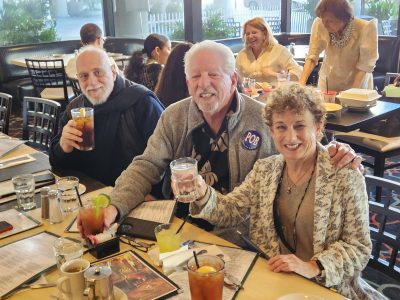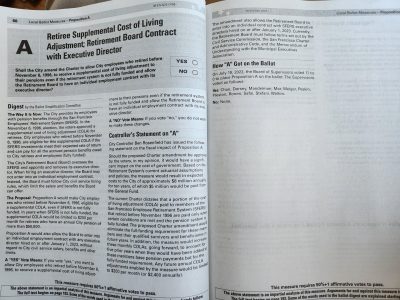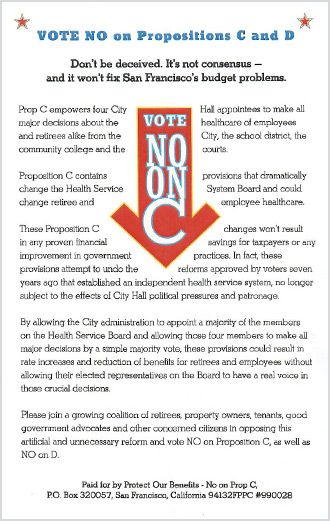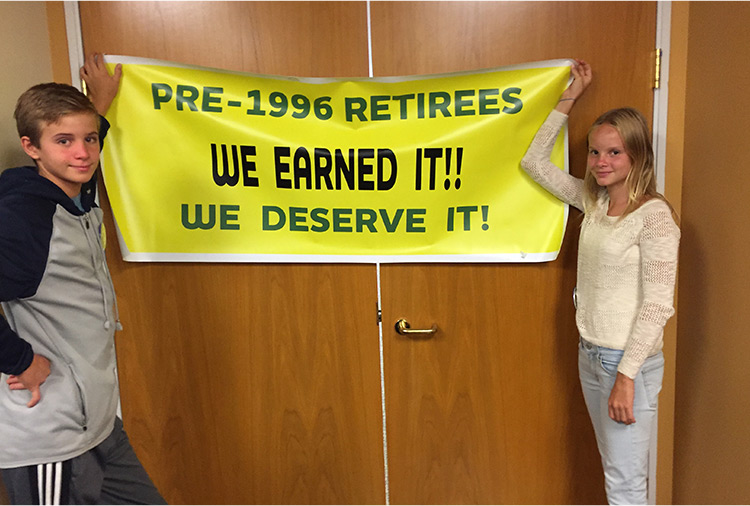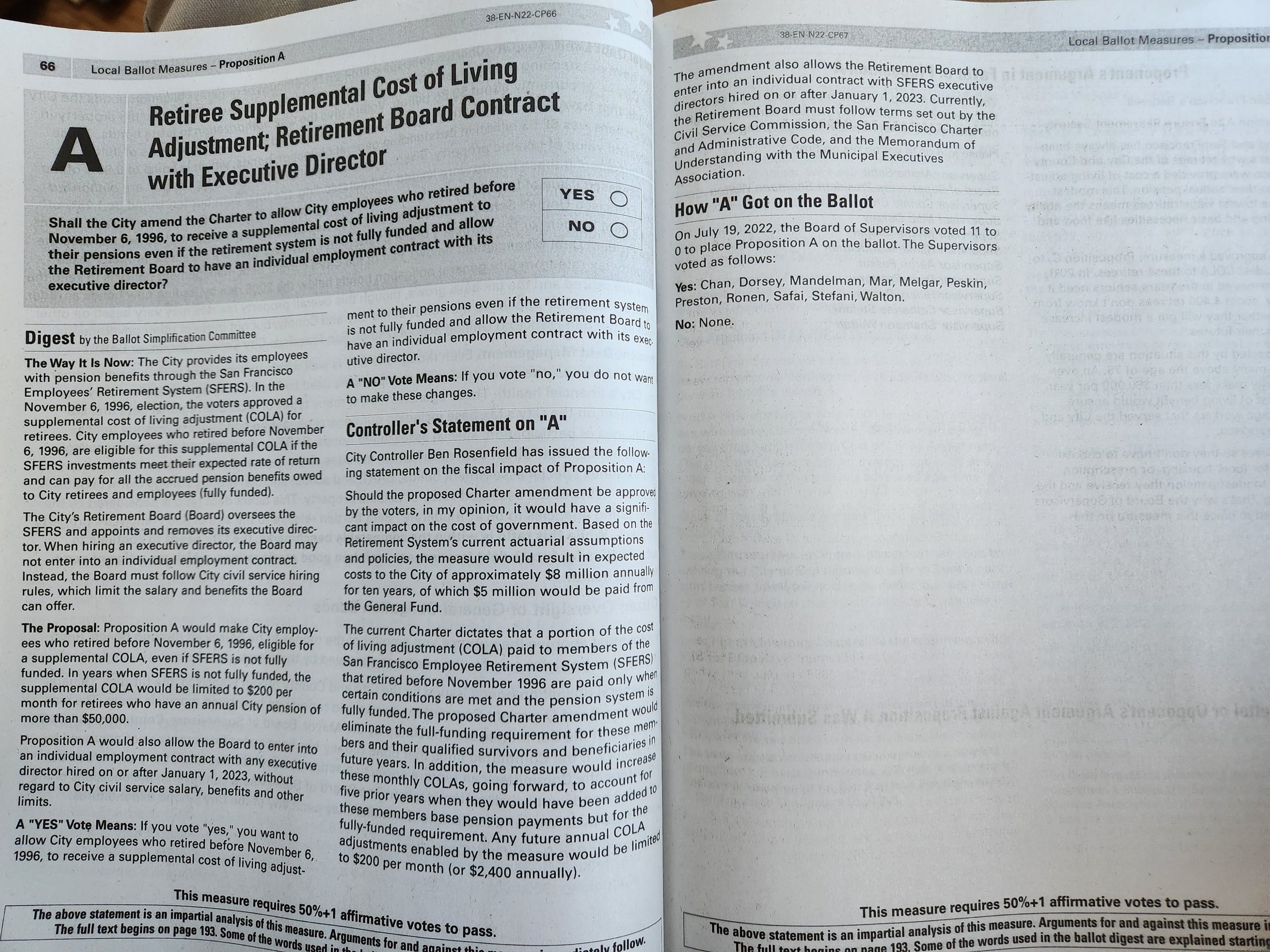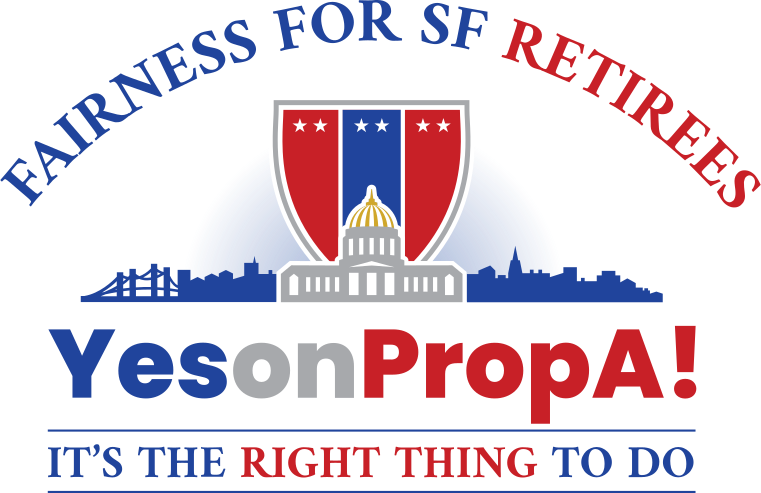Protect Our Benefits, Inc.
Many people ask, “Just what is Protect Our Benefits, Inc. (POB), and what do its members stand for?” Years ago, our organization was formed by a group of motivated San Francisco retirees, widows/widowers, and disabled retired employees who were ready to fight against a movement that was threatening their pensions and benefits. Many of their goals were similar to those defined in our mission statement: “…to provide CCSF retirees educational information on issues affecting their retirement benefits, principally by acquiring knowledge and then educating its members, as well as public policy makers, on issues concerning both such as current and proposed or pending legislative, administrative or judicial actions that could impact earned benefits.”
We work with our fellow CCSF retirees and their widows/widowers to “…protect their earned healthcare and pension benefits from illegal, unlawful, and inequitable attacks, intrusions, and erosion as a result of legal, administrative, and judicial actions.” We also “…. promote, preserve, and protect the earned retirement rights and benefits of CCSF’s many and varied retired public employee members who are generally senior or older adults of the San Francisco retirement community.”

POB’s Historical Highlights
26 Years of Helping Retirees
POB began in 1998 when a number of CCSF retirees got together for a meeting at Nancy Gin’s home. (Nancy was Chair of the committee.) The purpose of this meeting was to organize a political action committee in order to be a political force at City Hall. John Lehane, Tony Sacco, Gail Wright, and Jean Thomas were present. They conferred with campaign consultant, Tony Fazio, and Dee Hermann, retired City Attorney, for guidance. Their initial meetings were held at the Taraval Police Station meeting room and then moved to Gail Wright’s basement. Barney Crotty, Gerald DeRyan, Tim O’Brien, Leo Martinez, and John Madden were some of the original members.
Stay Informed
To receive regular news updates from Protect Our Benefits, please complete the form below.
Participate with Protect Our Benefits
If you are a retiree or beneficiary of the City and County of San Francisco and would like to participate with Protect Our Benefits, please e-mail us at Participate@protectourbenefits.org. Be sure to let us know where you reside and what you are interested in doing. Since POB is an all-volunteer group, please allow a few days for us to respond.
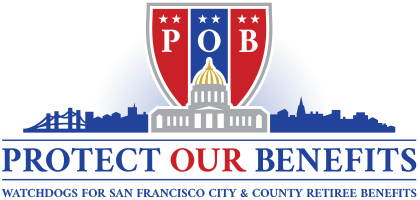
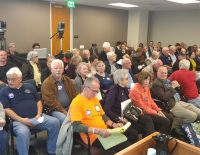 Today, we embrace the goals and standards of our first activists. Our pensions and benefits are constantly under attack. Unfortunately, politicians and individuals with personal financial and political agendas have tried to spin the truth about how our benefits originated, who contributes to their costs, and if their costs adversely affect the budgets of our City and County. We strive to share the truth with the public about how our pension system works, where our benefits come from (the voters of CCSF through the Charter), the fiscal stability of both our Retirement and Health Systems, and that a pension is really a deferred compensation for work performed. We fiercely advocate fiduciary responsibility among the SFERS Board, Directors, and Trustees.
Today, we embrace the goals and standards of our first activists. Our pensions and benefits are constantly under attack. Unfortunately, politicians and individuals with personal financial and political agendas have tried to spin the truth about how our benefits originated, who contributes to their costs, and if their costs adversely affect the budgets of our City and County. We strive to share the truth with the public about how our pension system works, where our benefits come from (the voters of CCSF through the Charter), the fiscal stability of both our Retirement and Health Systems, and that a pension is really a deferred compensation for work performed. We fiercely advocate fiduciary responsibility among the SFERS Board, Directors, and Trustees. We are watchdogs who attend public meetings to monitor and report back to our group of retirees what board members are discussing and how to deal with upcoming issues that can affect our benefits. We meet with CCSF Supervisors to explain our positions and attend Retirement and Health Board Meetings. Recently, we employed a labor attorney to fight for the rights of our retirees. We are still engaged in a legal battle with the CCSF, fighting to make our most senior retirees whole again.
We are watchdogs who attend public meetings to monitor and report back to our group of retirees what board members are discussing and how to deal with upcoming issues that can affect our benefits. We meet with CCSF Supervisors to explain our positions and attend Retirement and Health Board Meetings. Recently, we employed a labor attorney to fight for the rights of our retirees. We are still engaged in a legal battle with the CCSF, fighting to make our most senior retirees whole again. POB is a nonprofit corporation. None of our members are paid or compensated in any way. We depend on the generous contributions of our retired supporters to fund our operating costs and legal battles. Any San Francisco retiree may attend our meetings. We welcome CCSF retirees to come and observe our meetings and join us to fight for fairness for all retirees.
POB is a nonprofit corporation. None of our members are paid or compensated in any way. We depend on the generous contributions of our retired supporters to fund our operating costs and legal battles. Any San Francisco retiree may attend our meetings. We welcome CCSF retirees to come and observe our meetings and join us to fight for fairness for all retirees.